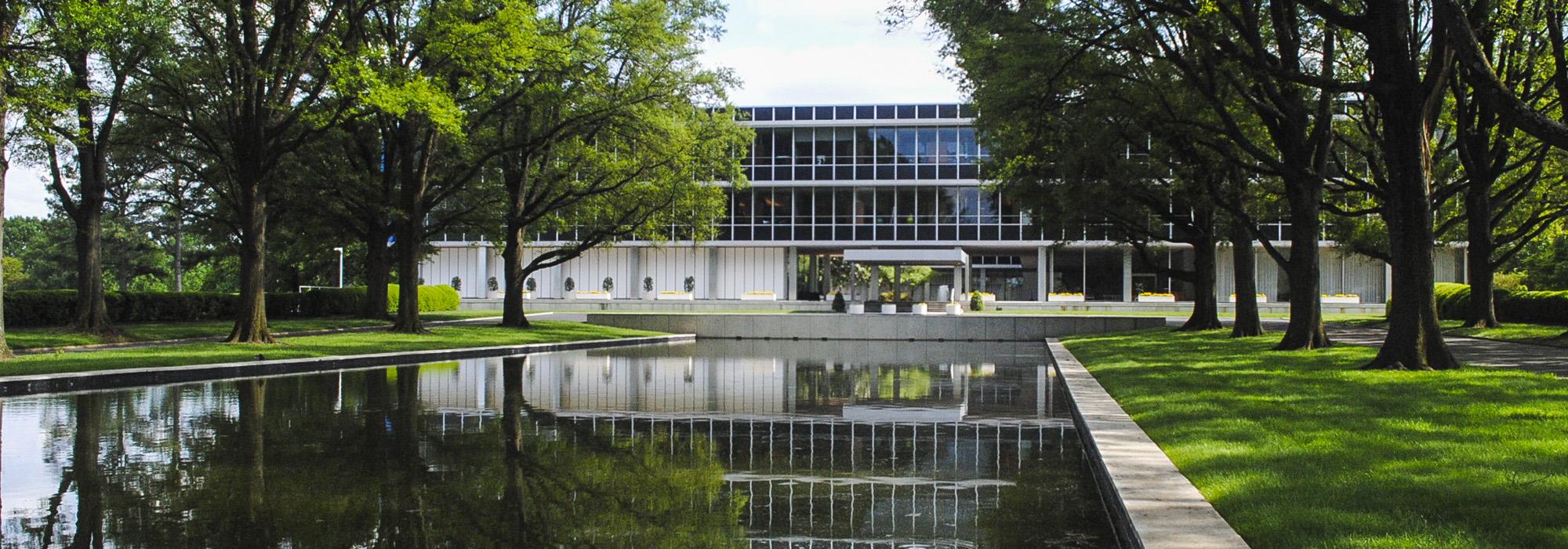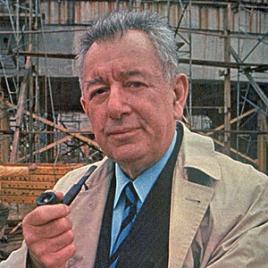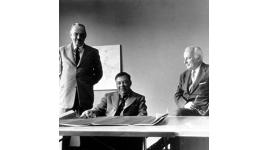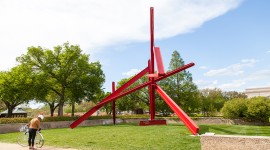Pioneer Information
Born in Buffalo, New York, Bunschaft received both bachelor's and master’s degrees in architecture from the Massachusetts Institute of Technology, in 1933 and 1935 respectively. Then, as a recipient of two traveling fellowships, he toured Europe and North Africa, returning in 1937 to join the New York office of Skidmore, Owings & Merrill (SOM). After serving with the United States Army Corps of Engineers from 1942 – 1946, he returned to Skidmore, Owings & Merrill, becoming a partner in 1949.
Bunschaft played a significant role in the adaptation of the classic International Style to the needs of post-war American corporations and institutions. His buildings were well-reasoned examples of contemporary classicism that avoided fashion and concentrated on discipline and function to produce a unified design. The Lever House, on New York’s Park Avenue, brought Bunschaft world recognition and remains an important, early example of the glass-box skyscraper design echoing Mies van der Rohe’s “less is more” sensibility.
Other major projects by Bunschaft include the Chase Manhattan Bank, New York; the Albright-Knox Art Gallery, Buffalo, New York; the Beinecke Rare Book Library, Yale University; the Lyndon Baines Johnson Library, Austin, Texas; and the Hirshhorn Museum and Sculpture Garden, Washington, D.C. Bunschaft received numerous awards including the Brunner Memorial Prize, the Gold Medal of the American Academy and Institute of Arts and Letters and the Pritzker Architecture Award.








